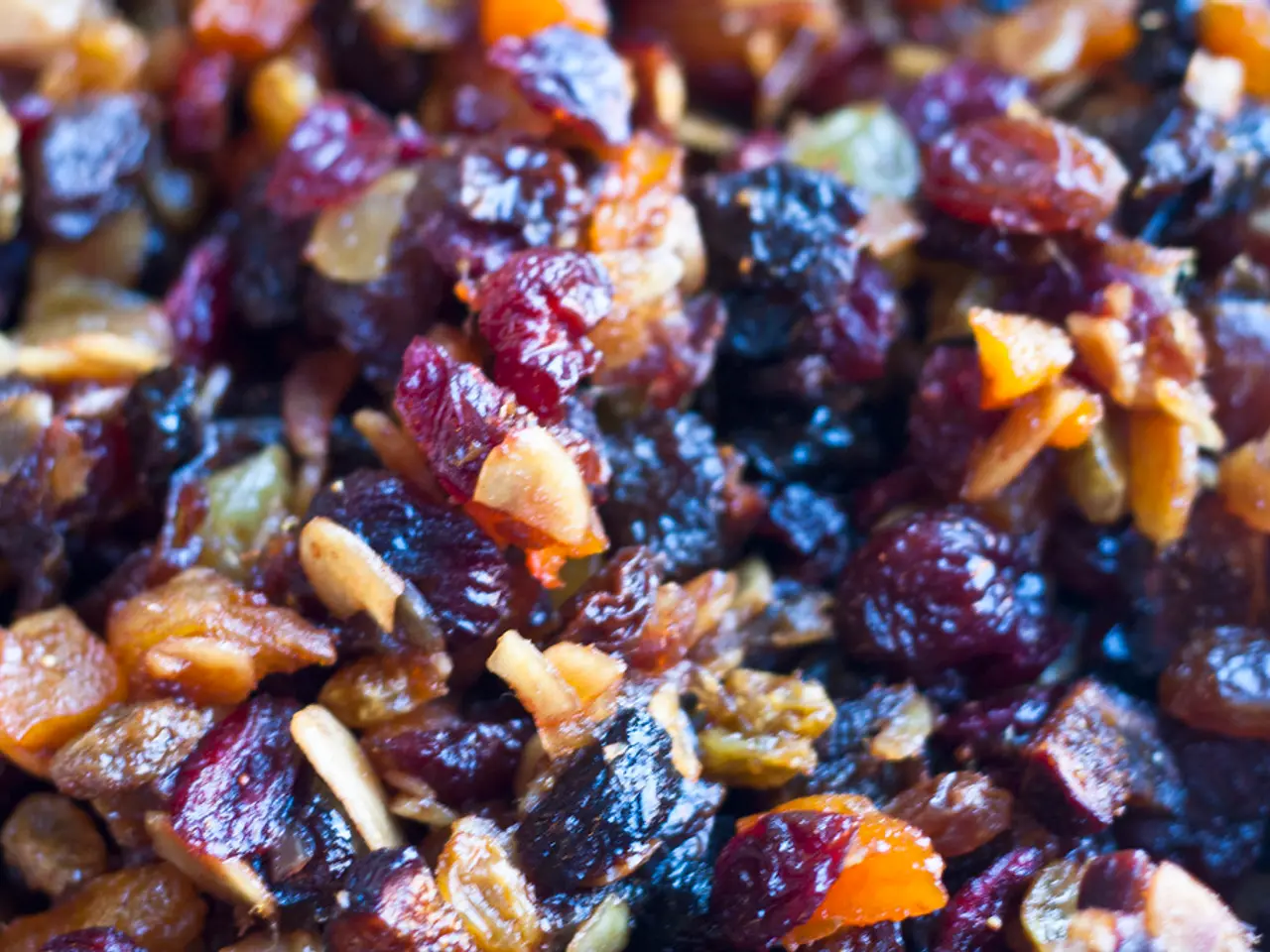Causes and Symptoms of menstrual cramps, along with available treatments.
Period flu, a term used to describe flu-like symptoms experienced before menstruation, is a common occurrence for many individuals. These symptoms, such as fever, chills, headaches, body aches, nausea, vomiting, fatigue, diarrhea, and others, are primarily linked to hormonal changes and the release of prostaglandins during the menstrual cycle.
Symptoms of Period Flu
The symptoms of period flu can be similar to those of the flu and COVID-19, but it's important to note that the only way to be sure whether someone has COVID-19 rather than period flu is to have a test for COVID-19. Common symptoms of period flu include nausea, dizziness, muscle aches, difficulty concentrating, joint pain, constipation, diarrhea, fatigue, headaches, backache, tender abdomen, bloating, cramps, fever or chills.
Causes of Period Flu
Period flu symptoms stem from natural hormonal shifts and prostaglandin effects during menstruation rather than viral infections. Prostaglandins are hormone-like substances released as the uterine lining breaks down, causing uterine contractions, inflammation, and systemic symptoms similar to flu, though not caused by an actual infection.
Treatment Options
Treatment options for period flu focus on symptom relief and managing the underlying hormonal responses. Over-the-counter pain relievers such as acetaminophen or NSAIDs (e.g., ibuprofen) can reduce pain, inflammation, fever, and headaches caused by prostaglandins. Lifestyle changes including rest, hydration, maintaining a balanced diet, and stress reduction may help ease symptoms.
If symptoms are severe or significantly impact quality of life, consulting a gynecologist is recommended to discuss further options, which could include hormonal therapies or other medical interventions. Addressing associated symptoms like nausea or diarrhea with appropriate supportive care may also be beneficial.
Management Strategies
In addition to traditional treatments, there are several strategies that some people find helpful in managing period flu symptoms. These include consuming whole grain foods, foods rich in calcium, and foods containing polyunsaturated fatty acids. Some people report improved symptoms with herbal supplements such as evening primrose oil, black cohosh, and chasteberry, but scientific studies on their effectiveness have produced mixed results.
Switching to smaller, more frequent meals can help keep blood sugar levels steady and potentially reduce period flu symptoms. Getting enough sleep is also recommended for relief from period flu symptoms, with adults needing 7 or more hours each night according to the Centers for Disease Control and Prevention (CDC).
Prevention and Lifestyle Changes
While period flu is not preventable, making certain lifestyle choices can help reduce its impact. This includes cutting down on fat, sugar, and salt, as well as avoiding alcohol, caffeine, and tobacco. Regular exercise, such as engaging in 30 minutes of aerobic exercise on most days, may also help reduce the symptoms of period flu, according to the American College of Obstetricians and Gynecologists.
Yoga, massage, meditation, and deep breathing may help reduce period flu symptoms. People who practice physical distancing, wear masks, and wash their hands regularly may help prevent the spread of the SARS-CoV-2 virus that causes COVID-19.
Duration of Period Flu
Period flu symptoms typically start after ovulation and last no more than a few days, usually ending after the period begins. Period flu goes away permanently during menopause when a person stops menstruating.
It's important to note that if premenstrual symptoms interfere with the ability to perform daily activities, seeing a doctor may be recommended. In severe cases of period flu, prescription pain relievers, diuretics, hormone medications, and antidepressants may be used.
Researchers have not identified a singular, specific cause of premenstrual symptoms, but they may result from sensitivity to substances that arise as progesterone breaks down, progesterone affecting neurotransmitters in the brain, or changes in the levels of serotonin. Period flu is not influenza, but a term used to describe flu-like symptoms experienced before menstruation.
In conclusion, period flu is a common experience for many individuals, and while it cannot be prevented, understanding its causes and symptoms can help in managing its impact. If symptoms are severe or significantly impact quality of life, it's important to consult a healthcare professional for advice and potential treatment options.
- The symptoms of period flu, including nausea, dizziness, and muscle aches, can resemble those of the flu and COVID-19, but a COVID-19 test is the only definitive method to confirm a diagnosis.
- Period flu symptoms are caused by natural hormonal changes and the release of prostaglandins during menstruation, rather than viral infections.
- Over-the-counter pain relievers like acetaminophen or ibuprofen can alleviate pain, inflammation, fever, and headaches linked to period flu, while rest, hydration, a balanced diet, and stress reduction can offer additional relief.
- Severe period flu symptoms or those that significantly impact quality of life may require consultation with a gynecologist, who may suggest hormonal therapies or other medical interventions.
- In addition to traditional treatments, eating whole grains, foods rich in calcium, and foods containing polyunsaturated fatty acids, as well as practicing yoga, meditation, and deep breathing, may help manage period flu symptoms.
- Lifestyle choices like cutting down on fat, sugar, salt, alcohol, and caffeine; avoiding tobacco; and engaging in regular exercise may help reduce the impact of period flu, while adhering to health and safety guidelines, such as wearing masks and washing hands regularly, may help prevent the spread of COVID-19.
- Period flu symptoms generally appear after ovulation and last only a few days, ending after the period begins, and disappear during menopause. However, if premenstrual symptoms interfere with daily activities, consulting a healthcare professional may be necessary for further assessment and potential treatment options.




